I have a function which plots the distribution of ions emitted as a function of the angle of emission. To simulate the emission I would like to sample values according to the function, but I'm struggling to do so.
where theta_0 is a constant.
I've tried to use the inversion method, but I can't seem to get it to work.
